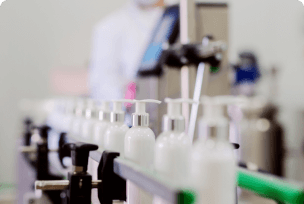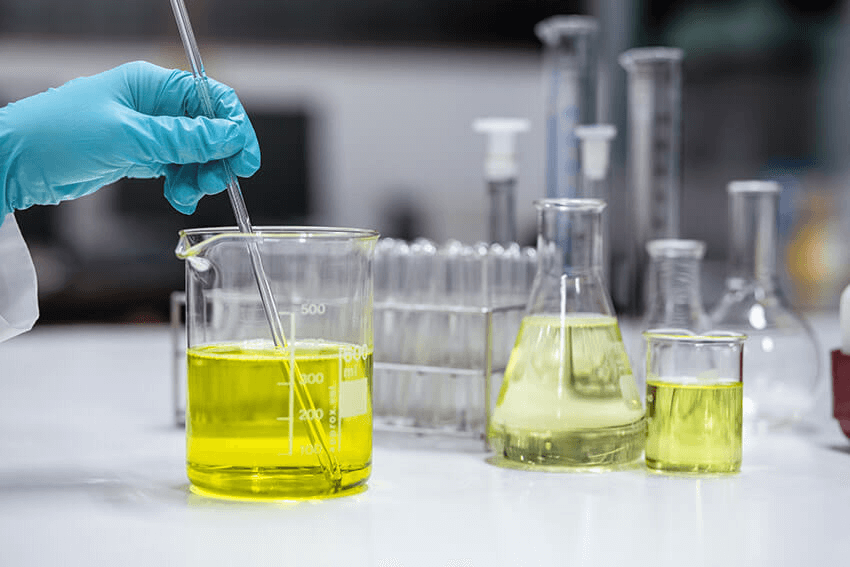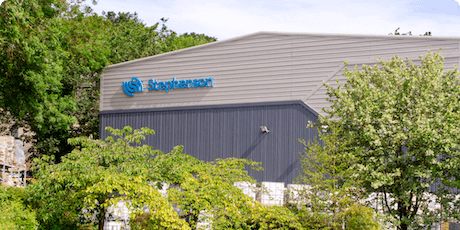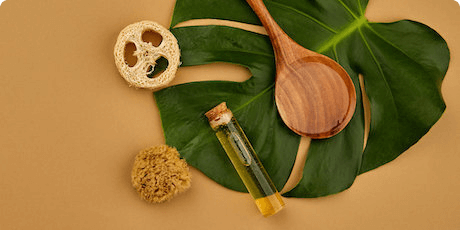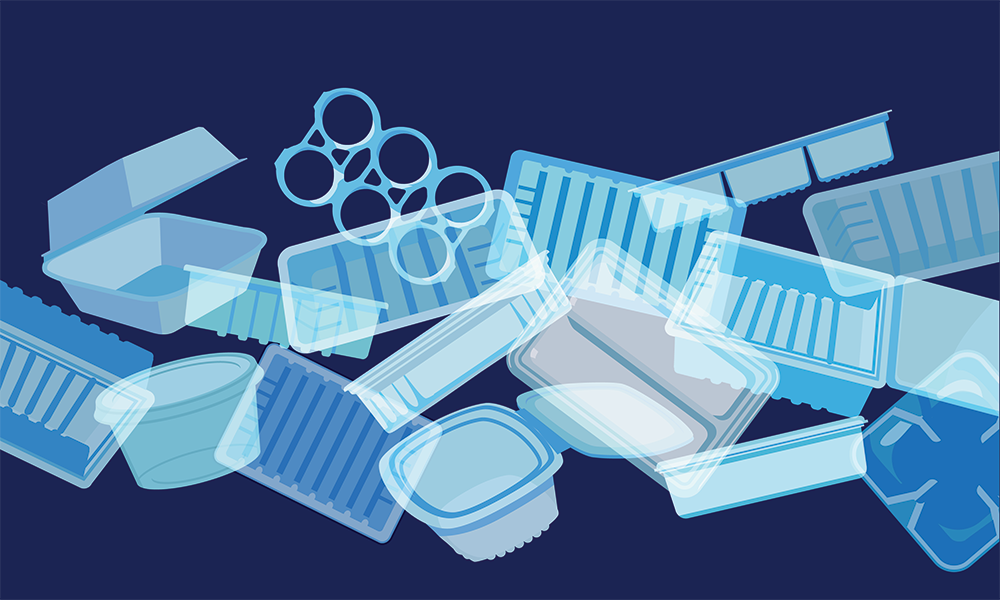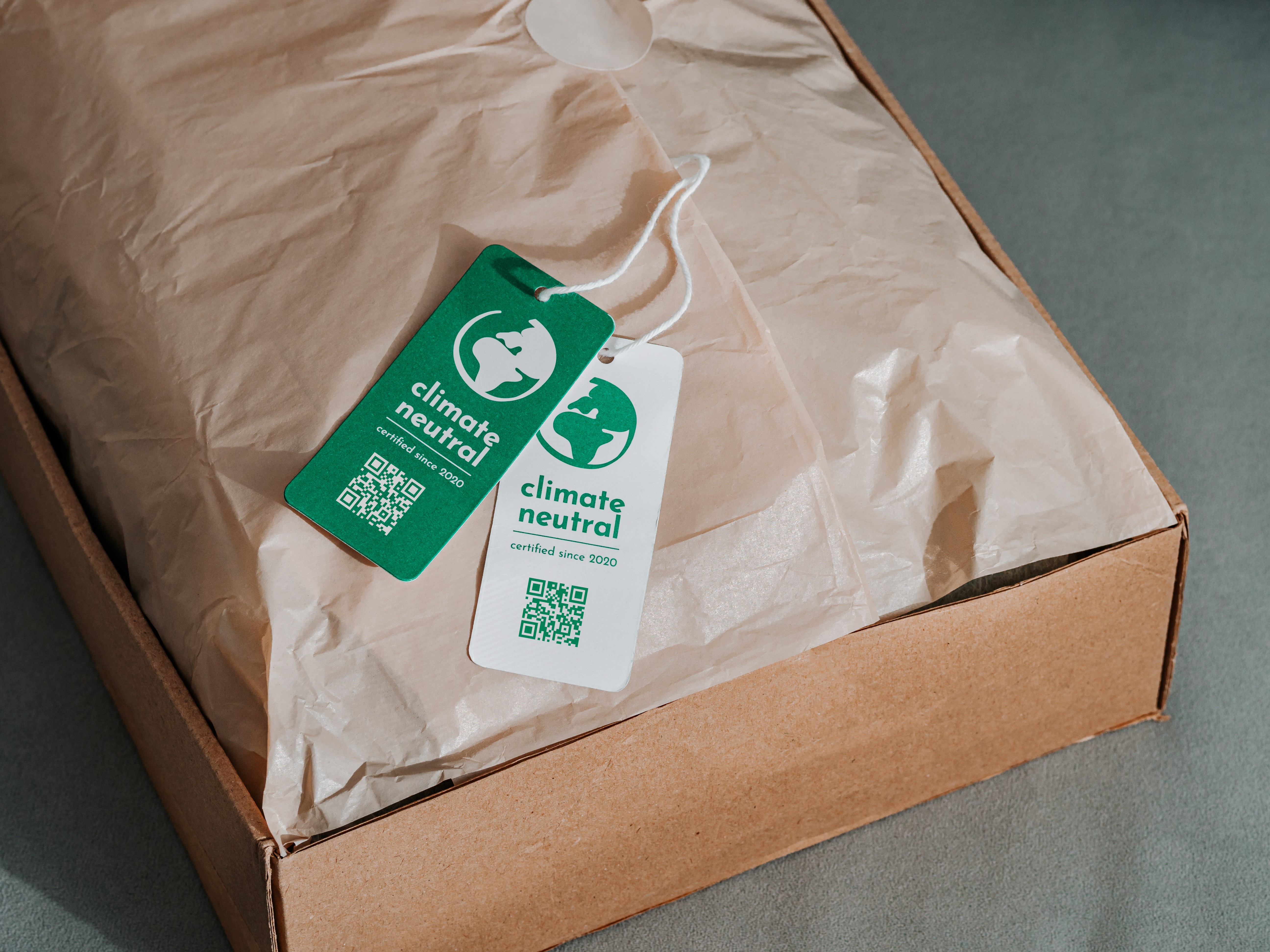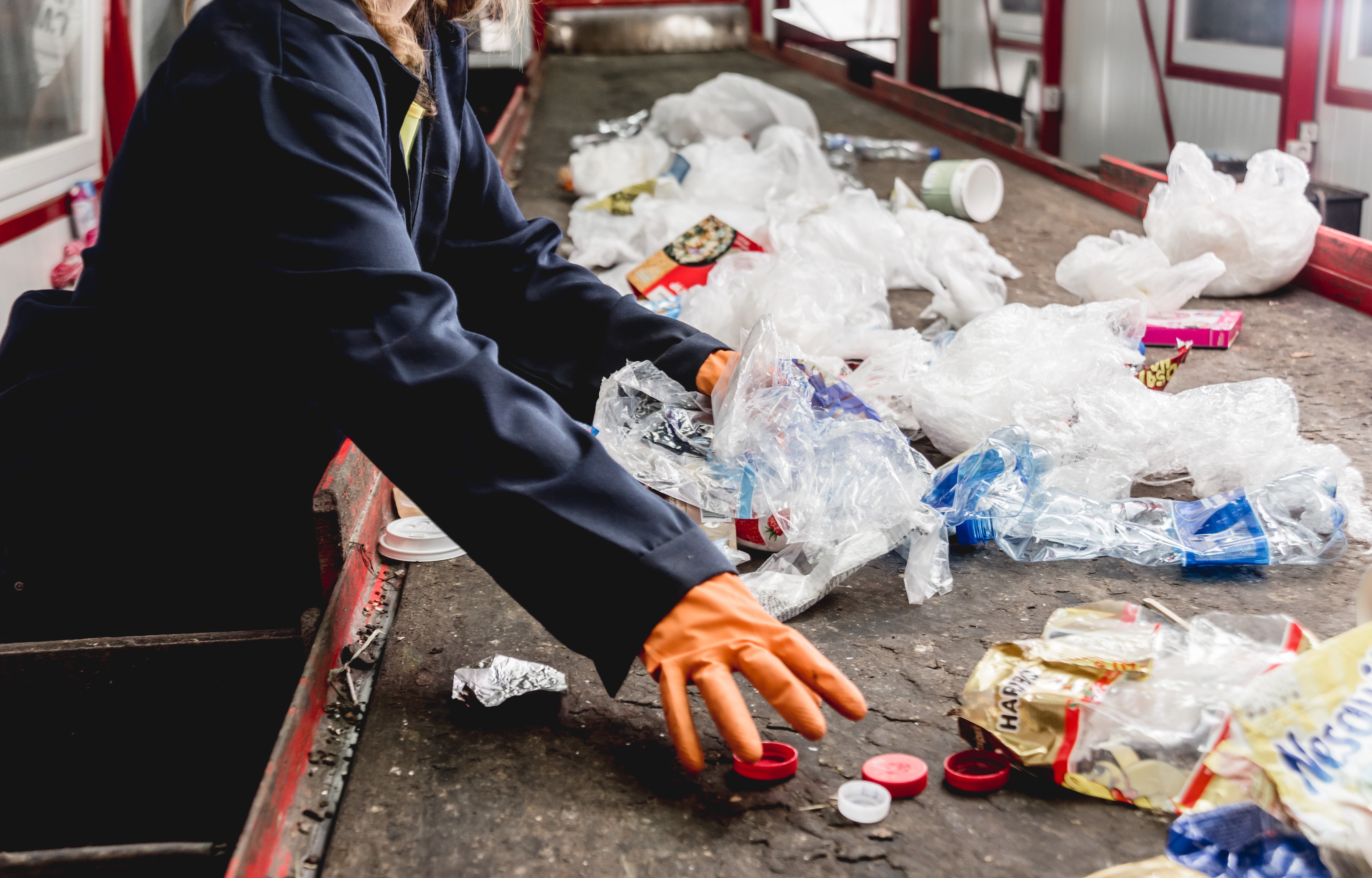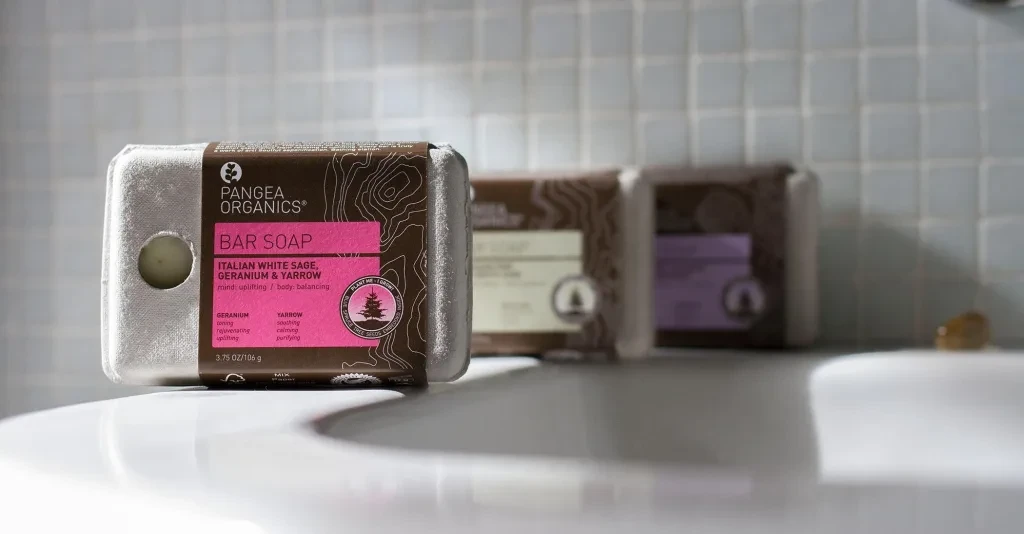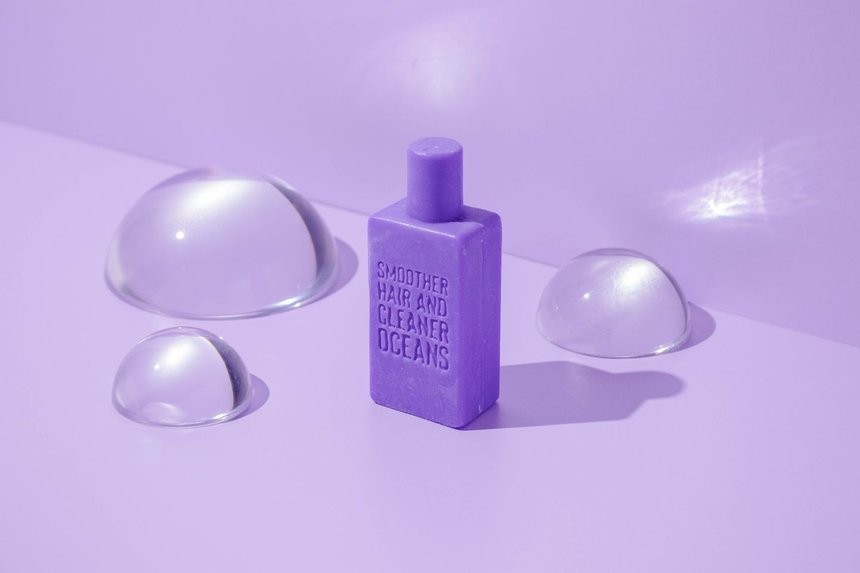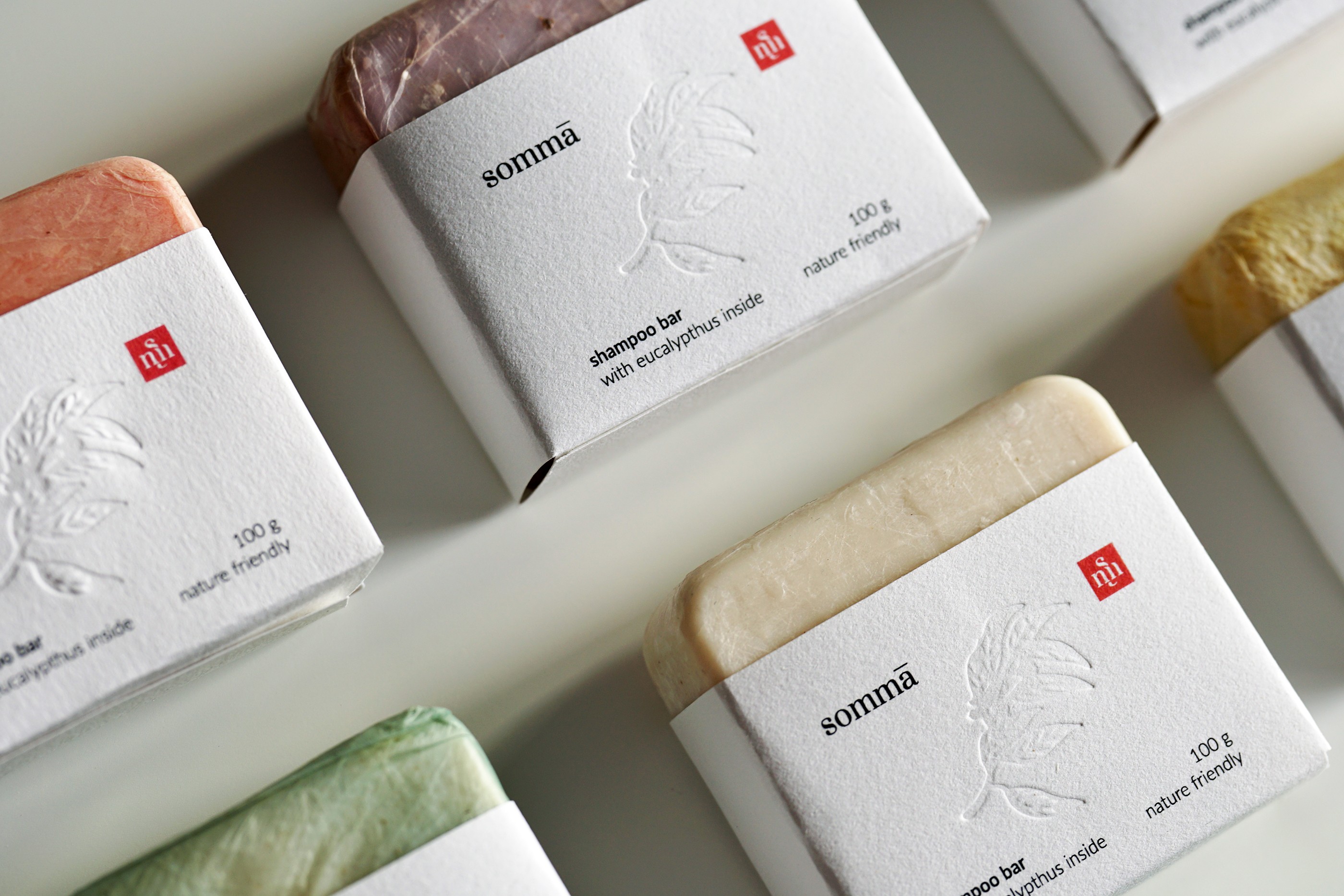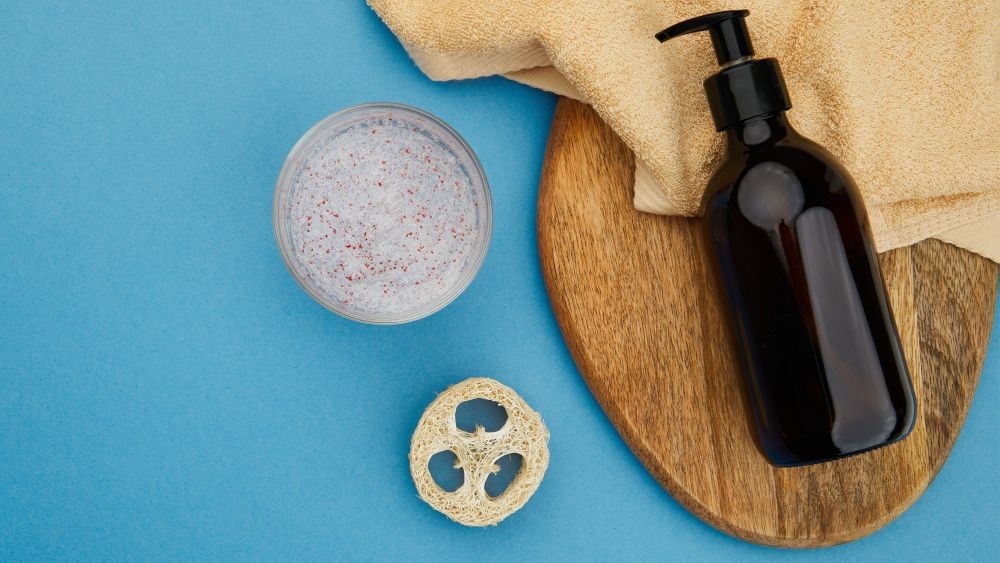5 reasons why it's time to design sustainably and send plastic packing.
Packaging comes in various forms and materials, habitually plastics, playing a crucial role in our daily lives. It protects the products we buy, preserves freshness, and even helps transport them from point A to point B. While plastic is incredibly versatile, long-lasting, and cheap to manufacture, these same qualities create the colossal dilemma we are already facing – global plastic pollution. As the world becomes more environmentally conscious and further aware of the harsh realities of plastic pollution, sustainable packaging design has become increasingly important. Consumers are now looking for products with packaging that minimizes environmental impact and brands that align with their sustainability efforts.
In the article below, we'll explore the following topics:
- Why is Sustainability in Packaging Design Important?
- The Problem with Plastic Packaging
- Packaging Greenwashing
- Sustainable Alternatives
- Plastic-Free Packaging - Solid Format Personal Care Products
- Designing Out Waste - Innovative Approaches to Plastic-Free Packaging
Looking deeper at why removing plastics is the future of packaging design and why brands should be taking note of consumer demands and market shifts.













